Borderlands Narrative Power Analysis And Strategy For Change With La Unión del Pueblo Entero
By John-Michael Torres
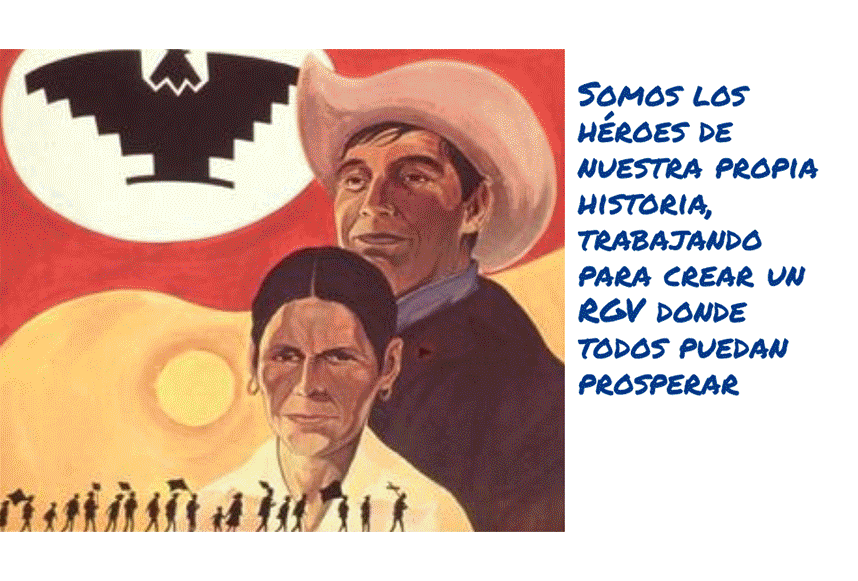
Overview
Our goal is to win immigration and border processes that allow immigrants and border residents to choose how we live and thrive. We are up against well-defined and consistently iterated and reiterated anti-immigrant rhetoric and stories that are used to manipulate citizens and keep immigrants exploitable.
If we are going to change immigration policy, we need to change the conversation about immigration policy. In order to change the conversation, we need shared stories about why immigration system is the way it is, how it hurts us and how we can change it. We need a narrative.
Narrative is often defined as a collection or system of related stories that are articulated and refined over time to represent a central idea or belief. Narratives present assumptions about the way the world works. They put bounds on the individual and collective imagination of what is possible and impossible.
Strategic Racism: Blocking Progress on Immigration
The dominant anti-immigrant narrative is built on a strategy that uses racism strategically to scapegoat immigrants and hide the ways that attacks on public resources and institutions hurt us all. While overt racism might only appeal to the most extreme conservatives, anti-immigrant rhetoric using coded racism has broad appeal among conservatives and persuadables, including those in border and immigrant communities. Coded racism is so powerful because it is paired with the idea that there is not enough to go around and that people must compete for scarce resources.
The anti-immigrant narrative strategy has the following components:
- Deploy dog-whistle racism and xenophobia strategically to scapegoat immigrants and Black and brown people.
- Exploit divisions to rig the rules to pad the profits of the richest 1% and cut funds, programs and services for the rest of us.
- Use the scarcity that those cuts create in order to reinforce the perception that white people, natural-born citizens and “legal” immigrants are competing against Black and brown people and new immigrants.
This narrative is popular among the right’s base at the same time that it mobilizes persuadables, especially Latino persuadables. Our narrative has to take on this coded racism head-on and disarm it. But we also need to vy for the same persuadables the anti-immigrant narrative is vying for.
Disarming Strategic Racism: Race Class Narrative
A recent body of research and practice has shown that it is possible to do that by using the Race Class Narrative framework. Race Class Narrative has proven to mobilize our base and resonate with the middle in a variety of geographies and contexts.
The Race Class Narrative has the following components:
- Discuss race overtly in order to connect with our base and prime persuadables against scapegoating
- Name scapegoating based on race as a tactic that hurts us economically
- Emphasize uniting across race and background in order to call persuadables to their higher ideals
- Remind people that we have won before
- Make it clear that working together is how we make government work for all
RCN Through a Border Lens
But we can’t stop there. We are border communities and our position and unique experience makes us powerful advocates for a new vision for the border. The narrative that border residents deploy must incorporate our history and culture, as well as position border residents as the heroes who will deliver a new, liberatory approach to border governance.
Our narrative, therefore, includes the following components:
- A union of residents at the nation’s doorstep, welcoming with dignity anyone who finds themselves on the nation’s doorstep
- We have a long history of uniting across race and on both sides of the border to fight for and win the things all people need – farmworker rights and protections, Mexican American civil rights, streetlights and drainage in colonias, etc.
- We rise to some of the nation’s and world’s biggest challenges – refugees and humanitarian aid, climate damage-fueled flooding, increased costs of healthcare, the disproportionate impact of the pandemic, etc.
- We name corporations that profit from militarizing the border and keeping immigrants exploitable and the politicians they buy as the true roadblock to progress on immigration
- We present a vision of the Rio Grande Valley as a shining light on the border, a beacon for good government, human rights and shared prosperity. We win that future by uniting across race and background, like we have done in the past.
LUPE’s Border and Immigration Core Narrative
The narrative below outlines a shared story members of the LUPE community can use when talking to friends, family, colleagues, decision-makers and the media. LUPE has built out this narrative with help from Red Cypress Consulting. To see a narrative report, sample messages, and a phrasing guide, visit lupenet.org/narrative.
LUPE Core Narrative on Border and Immigration
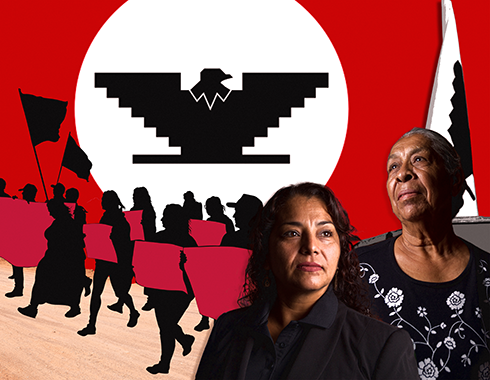
We are a union of residents of the nation’s doorstep
fighting for a border region where all can thrive

We come together
in bbqs and bodas, plate sales and bake sales, to help each other through the hard times and celebrate the good ones

We have risen
to the occasion of some of the biggest challenges facing the nation and the world

But power-hungry politicians
and greedy corporations are using immigration policy as A tool to increase their wealth and power
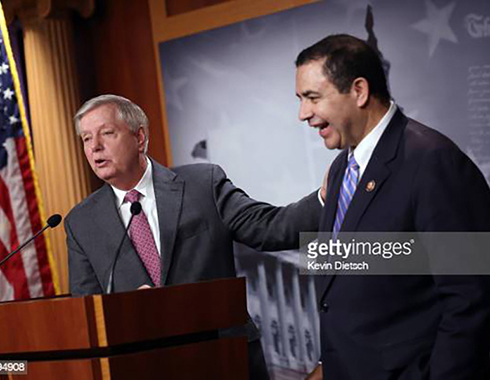
Corporations that profit from militarizing the border
and the politicians they buy exploit divisions and turn us against each other
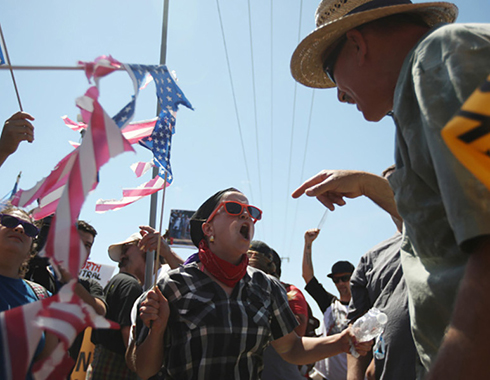
They hope we’ll shame and blame
Black and brown Texans and new immigrants for our struggles
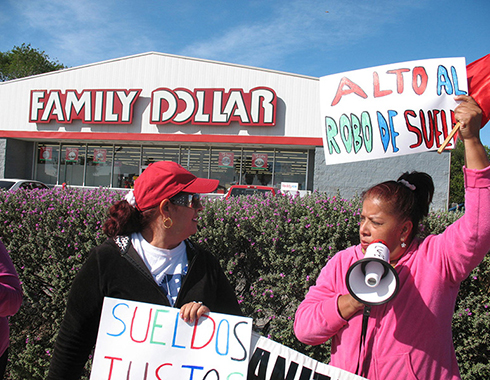
They block progress
on immigration to keep our communities struggling…
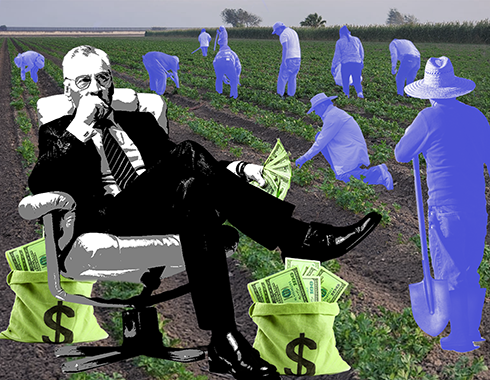
...and keep immigrants exploitable
while they pad their profits
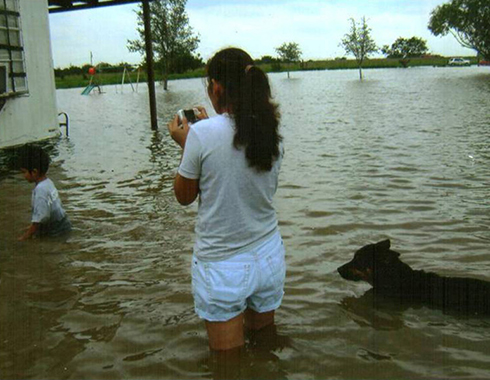
They don’t want us to unite
to demand what all of our families need.
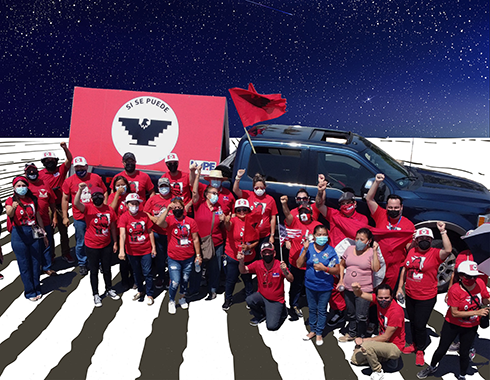
But we can stop them
if we stand in solidarity as working people and call them out
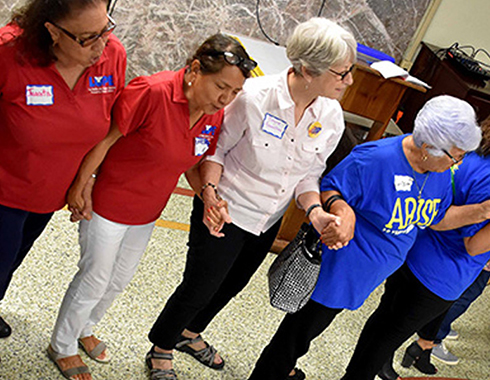
We can join together
to push back on their divide-and-conquer tactics and win what we all need to thrive.
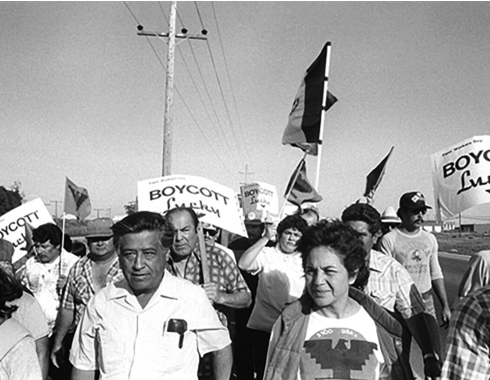
Just like we won
farmworker rights, streetlights for colonias, and civil rights in the past.

If we unite around what brings us together
the Rio Grande Valley can be a shining light on the border, an example to the nation and the world
Conclusion
This is a preliminary effort and more is needed to shape the narrative into an intervention powerful enough to take on the right’s narrative. The narrative needs to be refined, tested in focus groups and polling, and refined again. And it needs to be adopted and remixed by partners in the borderlands and nationwide.
In the meantime, it is a powerful tool that border residents, immigrants, and allies can equip themselves with to confront the right’s anti-immigrant narrative and mobilize in support of a vision of the border where all can live free and thrive.
Visit the narrative hub on lupenet.org to download the narrative and phrasing guide.
Note: Feature image as well as graphics in the section “LUPE Core Narrative on Border and Immigration” are by Lupe Pardo.

